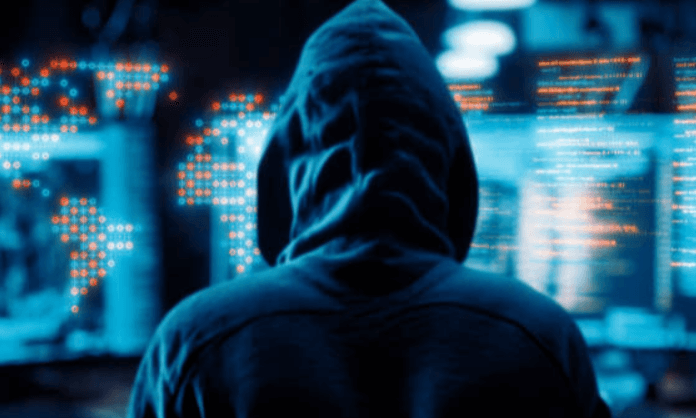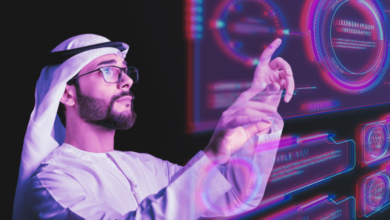How To Diminish The Risk of A Presentation Attack

So what is presentation attack detection?
It is a malicious activity in which a fraudster aims to impersonate another person. The purpose is to spoof the security verification systems for personal gains. Security experts claim that there is not one type of presentation attack but multiple. They are called presentation attack instruments.
Presentation attacks have become common due to the rise in online activity. We are seeing many more fraudsters finding distinctive ways to steal identities and money from other people. Your data is no longer your own now, anyone can access your social media accounts ( if you have set no privacy settings). And if accessed, the data can be utilized to commit various criminal activities.
So What Can Be Done?
Here comes Presentation Attack Detection
Biometric presentation Attack Detection is like the security guard for biometric systems, such as fingerprint or face recognition. These systems use our unique physical traits to confirm who we are. But sometimes, sneaky folks try to trick the system with fake or altered traits, like fake fingerprints or photos.
PAD’s job is to spot these tricks and tell them apart from the real deal. It does this using different methods, like checking how lively a trait looks or combining different traits for a stronger defense. The main goal is to keep our biometric systems safe from tricks, so our privacy stays intact, and bad guys can’t pull off any funny business.
Now that we have understood what PAD is, we need to share with you strategies that can assist in mitigating the risk of presentation attacks;
Diminishing Risk of Presentation Attacks
We need super-strong ways to confirm someone’s identity to stop sneaky tricks in their tracks. This involves looking at three main things: where their data comes from, the documents they provide, and making sure they’re really there in person.
First up, we check their data sources. Think of it like getting information from trustworthy places, like banks or credit bureaus. This will confirm someone is who they claim to be. Moreover, these places have rules they follow to make sure everything’s legit.
Then, there are the documents they show us. People can use all sorts of papers to prove who they are, like IDs or passports. However, not all documents and files are created equal. We need tools that can tell if a document is real or if it’s been fiddled with. For instance, this could include a fake printout or a digitally altered file.
Lastly, it’s important to look at liveness. This means checking if the person is actually there and not just a picture or a fake. A lot of the time organizations use high-tech facial recognition technology to match up their face with the photo on their ID. It’s like making sure the person in front of us matches the picture they showed us.
By combining all these checks, we can be confident that the person we’re dealing with is a real personality and not just an impersonator trying his luck to fool the people. They’ve given us legit information. And most importantly show us real documents that ultimately prove they’re actually there, right in front of us. So what it does is that it adds an additional layer of security. It’s like triple-checking to make sure everything adds up.
Importance
All of this discussion brings us to the most important part of the blog; adopting security measures to ensure that someone does not use your personal information to harm you. It’s necessary to learn ways that can help you detect, but it’s also important to verify your documents and other information so that no one can spoof the security systems.
In today’s society, consumers want the platforms and systems to be secure enough so that their personal information does not get stolen or used against them. Hence, organizations and firms need to streamline the onboarding process where it is required for the consumer to activate their privacy settings. Whether it be digital or manual, it’s important to demand multiple selfies from the consumer. Although it may frustrate the consumer but is crucial to be efficient.
Moreover, face presentation attack detection creates a reliable biometric system. In various sectors such as banking and healthcare, there are chances of identifying spoofs. Hence, preventing presentation attacks will ensure that only genuine people can access the services.
Conclusion
Conclusively, protecting a person’s identity in the digital realm is very important. His or her private data should belong to them only. And if someone presents himself as a fake should be withheld instantly from accessing data. This will guarantee a good reputation for the firm but at the same time, it will develop a good work tenet that will be adopted by systems around the world to counter cybercrime.






